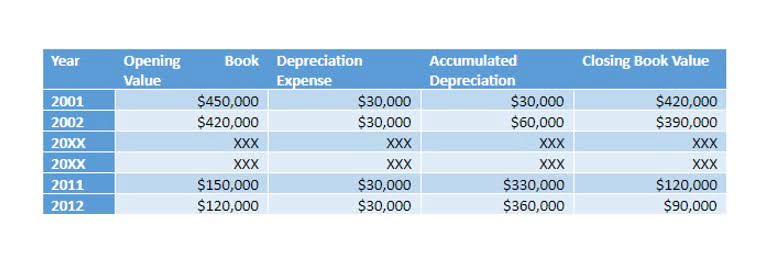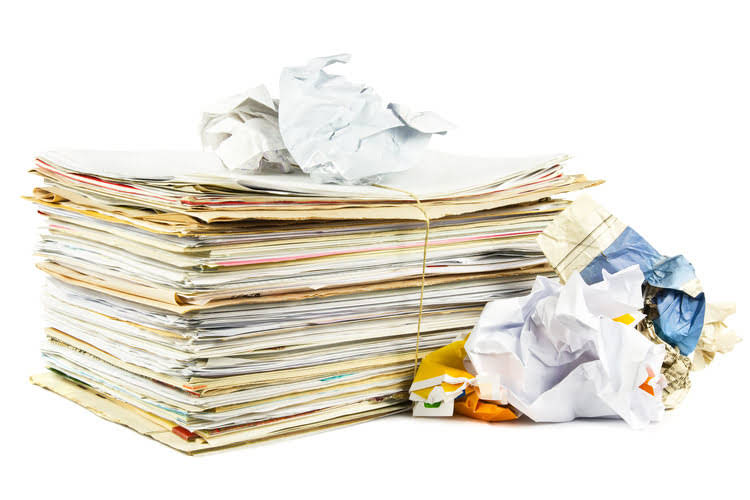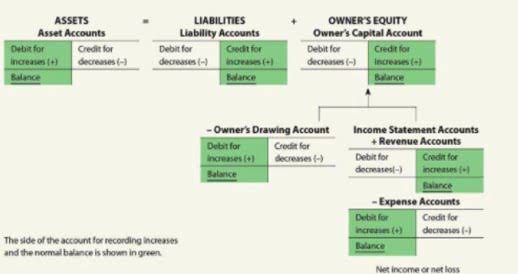
Accumulated depreciation is integral to asset management and financial reporting, illustrating how assets lose value over time. Understanding its impact on financial statements aids in decision-making, tax planning, and investor relations. By acknowledging accumulated depreciation’s role, businesses ensure accurate asset valuation and compliance with accounting principles. The amount of a long-term asset’s cost that has been allocated to Depreciation Expense since the time that the asset was acquired. Accumulated Depreciation is a long-term contra asset account (an asset account with a credit balance) that is reported on the balance sheet under the heading Property, Plant, and Equipment.

Table of Contents

Accumulated depreciation is the total depreciation recognized on an asset since its purchase. Unlike depreciation expense, which represents the depreciation for a single accounting period (typically a year), accumulated depreciation is a running total that adds up over the asset’s lifespan. This figure is recorded on a company’s balance sheet as a contra-asset account, which means it reduces the gross value of the investment to reflect its current book value. Accumulated depreciation is an essential part of managing business assets and financial reporting. It measures the value an asset has lost over time, ensuring that companies maintain accurate financial https://www.bookstime.com/articles/general-ledger-reconciliation statements.
What Is Accumulated Depreciation and How Is It Recorded?
The book value of an asset is also referred to as the carrying value of the asset. In DDB depreciation the asset’s estimated salvage value is initially ignored in the calculations. However, the depreciation will stop when the asset’s book value is equal to the estimated salvage value. Income statement accounts are referred to as temporary accounts since their account balances are closed to a stockholders’ equity account after the annual income statement is prepared. Estimating the asset’s residual value at the end of its useful life can impact depreciation calculations and financial statements. Lenders and investors analyze accumulated depreciation to assess asset quality and a company’s long-term sustainability before making financial commitments.

Straight Line Depreciation Formula
On the other hand, if an expenditure expands or improves an asset’s capabilities, the amount is not reported as an expense. Rather, the cost of the addition or improvement is recorded as an asset and should be depreciated over the remaining useful life of the asset. Depreciation is recorded in the company’s accounting records through adjusting entries. Adjusting entries are recorded in the general journal using the last day of the accounting period. The assets to be depreciated are initially recorded in the accounting records at their cost.

The amount that a company spent on capital expenditures during the accounting period is reported under investing activities on the company’s statement of cash flows. At the end of 10 years, the contra asset account Accumulated Depreciation will have a credit balance of $110,000. When this is combined with the debit balance of $115,000 in the asset account Fixtures, the book value of the fixtures will be $5,000 (which is equal to the estimated salvage value).
Why is it important to track accumulated depreciation?
Businesses can make informed decisions about their capital assets by understanding the various methods for calculating depreciation and how it impacts the income statement and balance sheet. Accumulated depreciation is normal balance a crucial concept in accounting and finance, essential for understanding how assets lose value over time due to wear, tear, and obsolescence. This term plays a significant role in financial reporting, impacting a company’s balance sheet and income statement.
- It reduces the company’s net income and reflects the true economic cost of using the asset to generate revenue.
- As a result, businesses may need to revise their depreciation schedules if circumstances change.
- Take Microsoft Corporation’s (MSFT) reported plan to spend $80 billion on AI-enabled data centers in the mid-to-late 2020s.
- Most countries allow businesses to deduct depreciation expenses from their taxable income, which can lower their tax liabilities.
- If the vehicle is sold, both the vehicle’s cost and its accumulated depreciation at the date of the sale will be removed from the accounts.
- Accumulated depreciation is the total amount of depreciation expense that has been recorded against a fixed asset since it was put into use.
- Pod trackers offer real-time asset visibility, reduce losses, and optimize logistics.

A complete help desk solution for your service engineers, technicians and facility managers. Control your assets easily with Asset Infinity & keep track of every valuable assets used to run your business. And finally, for a simple approach, half-year recognition gives a half-year’s depreciation in both the first and last year, regardless of when you bought the asset within the year. With this method, allocation of depreciation may vary but typically assumes a half-year’s benefit for any new asset, no matter the purchase date. Companies also use depreciation to cut their tax bills with the Internal Revenue Service.
Different depreciation methods each tell a unique story of how an asset’s value declines over time, reflecting different uses and revenue generation patterns. The straight-line method spreads the cost evenly, suggesting a steady, uniform use. By debiting depreciation expense while crediting accumulated depreciation, it depicts a constant rate of asset utility decrease. Meanwhile, methods like double-declining balance front-load the expenses, painting a picture of an asset that’s most useful upfront, and initially reporting a higher debit depreciation expense. The accumulated depreciation maintains a historical record of all depreciation expenses, while the depreciation recorded definition of accumulated depreciation in a specific period appears on the income statement. This distinction is crucial for reporting the true value of the fixed assets owned by the company.

